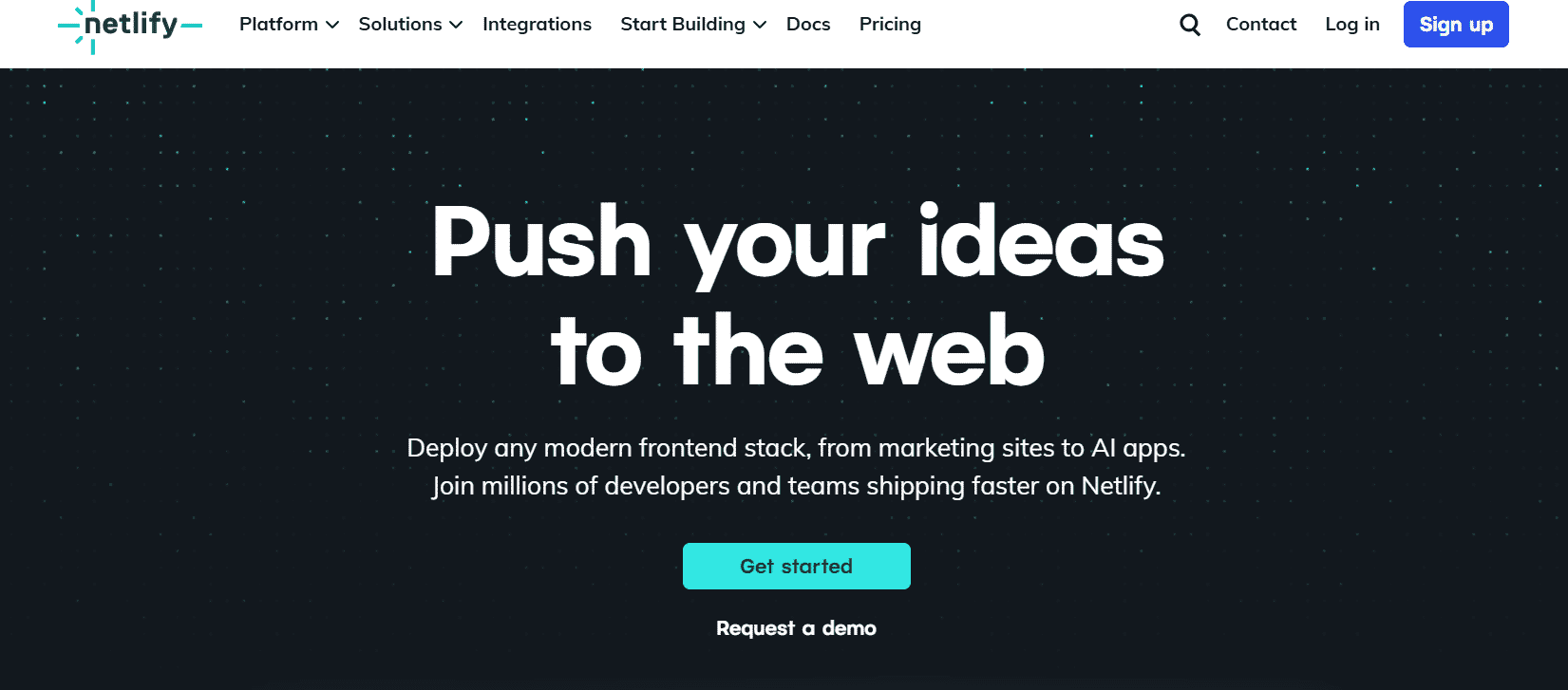Many experienced developers have strong opinions about deployment platforms after working with them extensively. This post explores the pros and cons of Vercel and Netlify from the perspective of someone who has spent years using both platforms for various projects.
The Platforms
Netlify emerged around 2016 as a popular solution for static site deployments, while Vercel (formerly Zeit) gained traction a bit later, particularly among developers working with Next.js projects. Both have evolved to support a wide range of applications, from personal blogs to enterprise-level e-commerce sites.
Where Vercel Shines
Next.js Integration: Vercel offers unparalleled integration with Next.js, which makes sense given they're from the same company. Developers often report that deployments "just work" with minimal configuration, saving considerable debugging time.
Edge Functions & Server Components: Many developers find Vercel's implementation of edge functions and React Server Components to be more mature and stable, with consistently better performance for applications leveraging these newer technologies.
Development Experience: The overall developer experience on Vercel tends to feel more polished. The CLI, preview deployments, and environment variable handling all include thoughtful details that streamline the development process.
Analytics: Vercel Analytics provides insights directly related to Core Web Vitals and real-user metrics that are particularly relevant for modern web applications.
Where Netlify Excels
Form Handling: Netlify Forms remains unmatched in the industry. The ability to handle form submissions without setting up a separate backend service is particularly valuable for smaller projects.
Build Plugins: Netlify's plugin ecosystem for build customization is more extensive and mature. Developers can modify build processes without ejecting from standard configurations.
Content-Focused Features: Between Netlify CMS, Forms, and Identity, Netlify offers more built-in features for content-heavy sites that don't require complex application logic.
Pricing Structure: For certain project types, Netlify's pricing model can be more predictable and cost-effective, especially when multiple team members with various permission levels are needed.
Common Pain Points
Vercel Limitations:
- Limited build minutes on the free tier
- Significant price increases when moving to team accounts
- Potential vendor lock-in when adopting their proprietary features
Netlify Challenges:
- Longer function cold starts compared to Vercel
- More configuration required for modern frameworks like Next.js
- Less intuitive dashboard UI for complex operations
How to Make the Decision
Experienced developers often base their platform selection on a few key factors:
- Framework: Next.js projects typically deploy more smoothly on Vercel, while Astro, 11ty, or other static generators might work better with Netlify.
- Functionality: Projects needing form handling or user authentication with minimal setup might benefit from Netlify's built-in features. More application-focused projects with complex state management might perform better on Vercel.
- Team Size: Both platforms work well for solo or small team projects, but larger teams should carefully compare the pricing structures against their specific needs.
The Verdict
There's no universally superior platform—the right choice depends on specific project requirements. Many developers maintain accounts on both platforms and choose between them based on the needs of each project.
In recent years, there has been a trend toward Vercel for projects involving React-based frameworks and interactive applications, while Netlify remains strong for content-focused sites.
